There are several reasons why you may want to make your own bleach at home instead of using store-bought stuff.
First, gallons of bleach take up a ton of space when you’re trying to stockpile enough to get you through several months of the disaster. Another reason is that standard bleach has a relatively short shelf life.
That’s right – most people don’t realize that those 20 bottles of bleach in the basement will start to lose potency after about 6 months. At the year mark, assuming you’ve kept it between 50 and 70 degrees F, it loses 20% potency, then about 20% per year after that. In other words, when you reach for it to disinfect water or living space, it may not be any good. It’s OK though – we have a couple of better options for you that work just as well.
Option 1: Calcium Hypochlorite
Standard household bleach’s chemical name is sodium hypochlorite. There’s also another commonly used form of chlorine that’s typically used for pools but is just as effective at disinfecting water and surfaces. It’s called calcium hypochlorite and is commonly known as pool shock.
Pool shock has a few advantages over household bleach when it comes to survival uses. The top two are shelf life and storage space. Pool shock is sold in dry granular form and as long as it remains that way and is stored in a cool, dry place, it has a shelf life of 10+ years. When it comes to storage, one pound of pool shock will effectively treat up to 10,000 gallons of water. Significant advantages.
Recipe for Calcium Hypochlorite Bleach
First, make sure that you buy pool shock that has around 70% calcium hypochlorite and doesn’t have any algaecides, clarifiers, or other active ingredients.
This is important: make sure that the ingredient list only has 2 entries: calcium hypochlorite and “other” or “inert” ingredients. Otherwise, you’ll poison yourself instead of disinfecting your water. Zappit 73 Pool Shock is 73% calcium hypochlorite and many common brands found on the web are 68%; they will work too as long as they’re pure.
To make a concentration that is equivalent to household bleach:
- 2 Tablespoons Pool Shock
- 1 Gallon of Water
Mix together. Don’t be alarmed if it’s milky colored because that’s the inert ingredients. Let it sit for a few hours so that those ingredients settle and it will have the same slightly yellowish clear appearance that liquid household bleach does. If you’d like, you can drain the new bleach solution off the top after the other stuff settles.
How to Use
This mix is exactly the same concentration as household bleach. To sanitize your water, use the same 8 drops of bleach solution per gallon of water that you would use if it were sodium hypochlorite liquid bleach.
How to Store
Store in a cool place. Once you mix the liquid solution, it has the same shelf life as regular bleach so only mix what you’re going to use quickly.
If you want to check the concentration of your solution, use chlorine test strips. Household bleach is 6% bleach, which works out to be about 7500 parts per million on the test strip.
Warning: Calcium hypochlorite is just as caustic as sodium hypochlorite. It will still bleach your clothes and damage your skin at full potency. It’s also toxic in concentrated form just like household bleach is. Still, it’s no more dangerous than regular bleach and it’s an excellent way to sanitize surfaces and water while retaining shelf space.
Option 2: Paracetic Acid
According to the EPA (Environmental Protection Agency), peracetic acid effectively kills the big guns in the bug world: e. Coli, salmonella, listeria, staphylococcus aureus, Shigella, candida mycoderma, and many viruses, including the flu. It’s made by combining hydrogen peroxide and acetic acid, aka vinegar, and is actually used to disinfect wastewater. It’s so potent that it’s approved for use in many food facilities and can even be used to sanitize some medical and dental instruments.
The problem is that peracetic acid is extremely unstable and begins to weaken almost immediately after the two are combined. We have a solution though: don’t mix them until you’re using them. That’s right – keep the peroxide in one bottle and the vinegar in the other. Spray them both on the surface, where they will merge to create peracetic acid and kill all the nasties.
Peracetic acid is good for the planet and the health of the household, too. In water, it breaks back down to hydrogen peroxide and acetic acid, which then breaks down to the water, oxygen, and carbon dioxide. It’s often used to disinfect fruits and vegetables; just spray it on them as you would spray it on a surface.
How to Use:
In order to kill the full range of bugs – bacteria, viruses, fungi, spores, yeasts, and molds, it needs to be no more diluted than 3000ppm. Since standard household peroxide is 3% (30 000ppm), and vinegar ranges from 5%-7% concentration (50,000-70,000ppm) this combination is more than sufficient to kill what needs to die.
Keep them in separate bottles and spray equal amounts of the peroxide and vinegar (apple or white) onto the surface. Let it sit for 5 minutes before wiping because it takes that long for it to completely sanitize it. Even better, let it air-dry. If you want to make it a bit more potent, add an extra spritz of peroxide last.
To disinfect water, we had a tough time finding a verifiable percentage from any type of authoritative personnel. We found one research paper from the CDC (Centers for Disease Control) that suggested adding peracetic acid at a dilution of .05-1% but it’s tough for us to figure how much of that it would take in homemade solutions because strengths vary from product to product.
How to Store
Hydrogen peroxide is light-sensitive and typically comes in a dark bottle. Both it and the vinegar should be stored in a cool, dark place. It works best at moderate temperatures – between 58 and 75 degrees.
Warning: Though peracetic acid is completely green once it breaks down, it can be a bit corrosive to your skin and the fumes may burn your throat and eyes. Use in a well-ventilated area and wear gloves to keep from getting scaly skin.
Shelf Life
Properly stored vinegar is self-preserving and has a shelf life of practically forever. Hydrogen peroxide, on the other hand, only has a shelf life of between 1 and 3 years unopened if kept in a cool place and is only good about 45 – 60 days once it’s opened. To tell if it’s gone bad, pour a bit in the sink; if it fizzes, it’s good. Peroxide that’s lost its fizz is ineffective but not harmful.
Both of these options are just as good as, or better than, standard liquid household bleach when it comes to survival purposes. Though the peracetic acid isn’t good for water, it’s certainly an effective method to keep your environment free of pathogens. Considering the shelf life and small storage requirements of calcium hypochlorite, you should definitely have some in your stockpile!
If you have any good, effective recipes for homemade bleach, we’d love to hear about them in the comments section below.


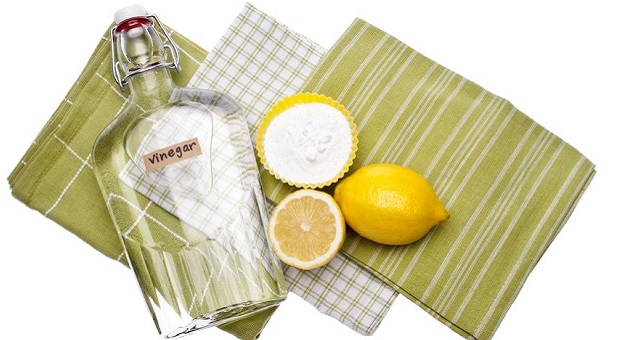

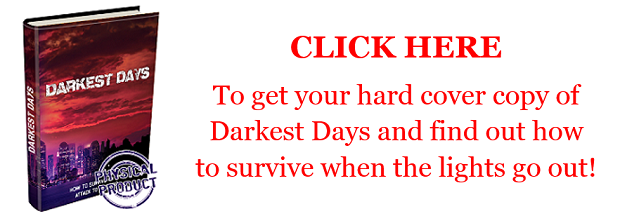
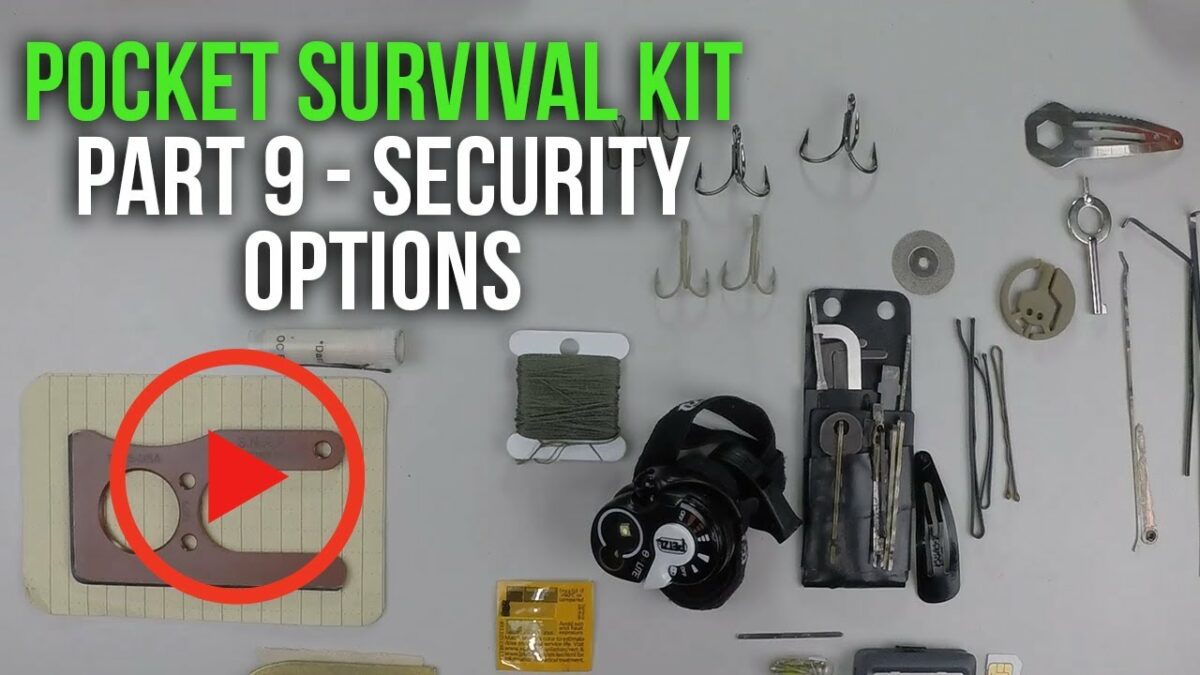
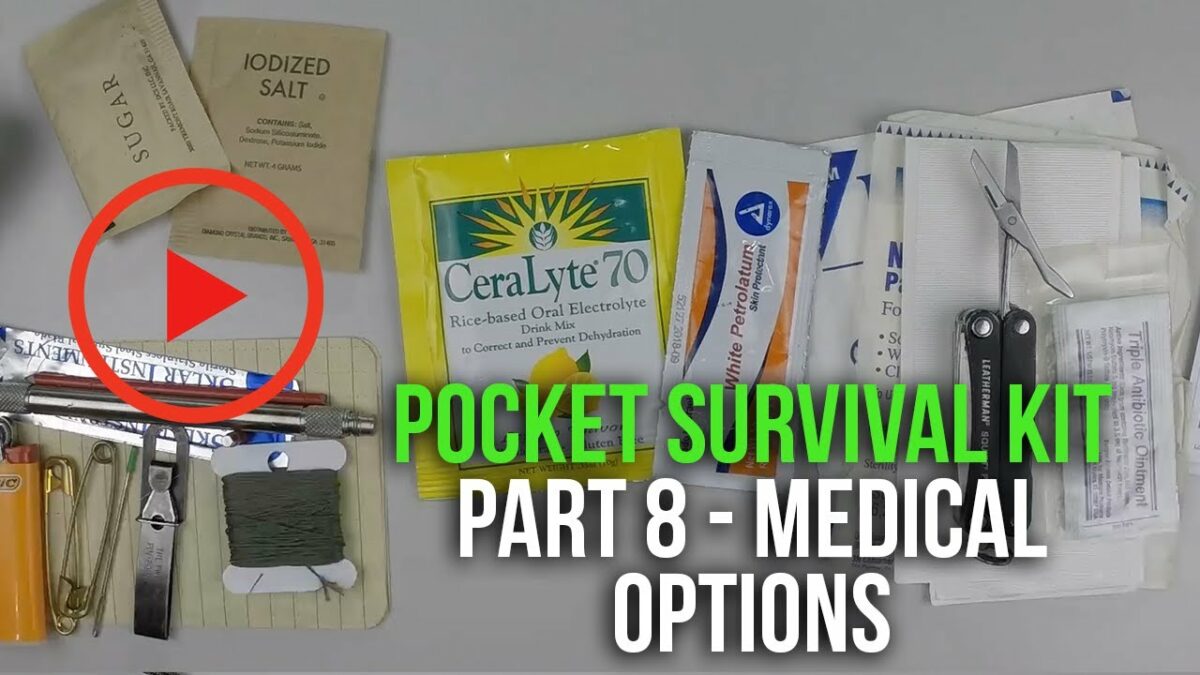
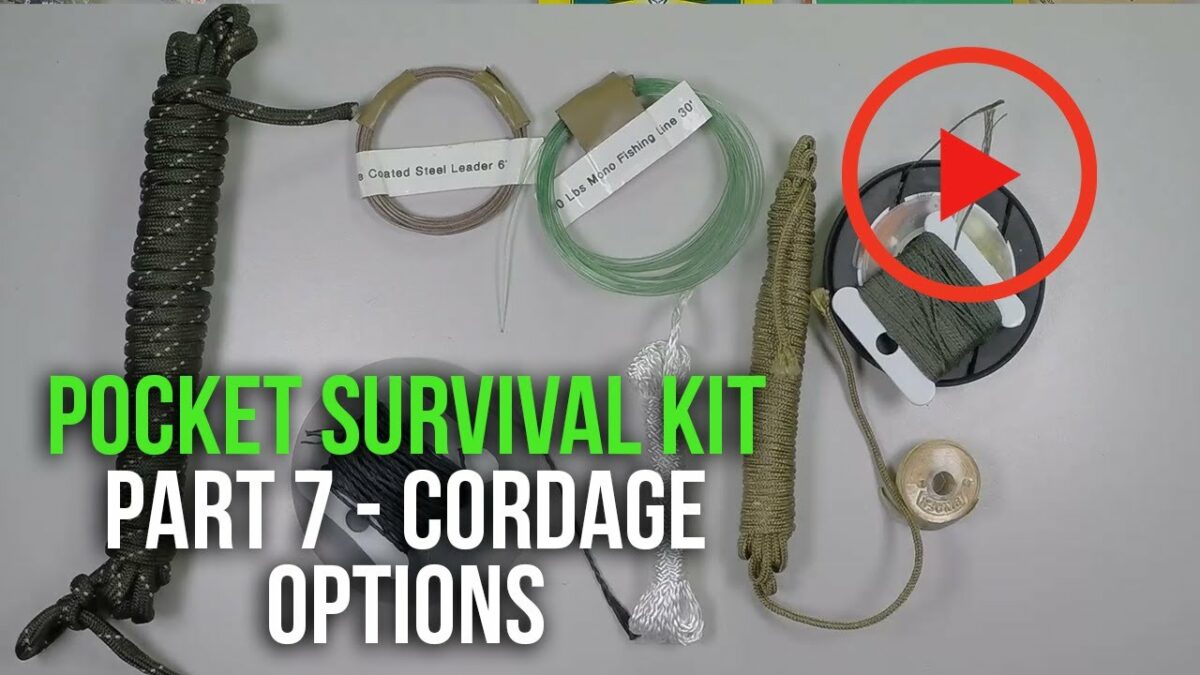
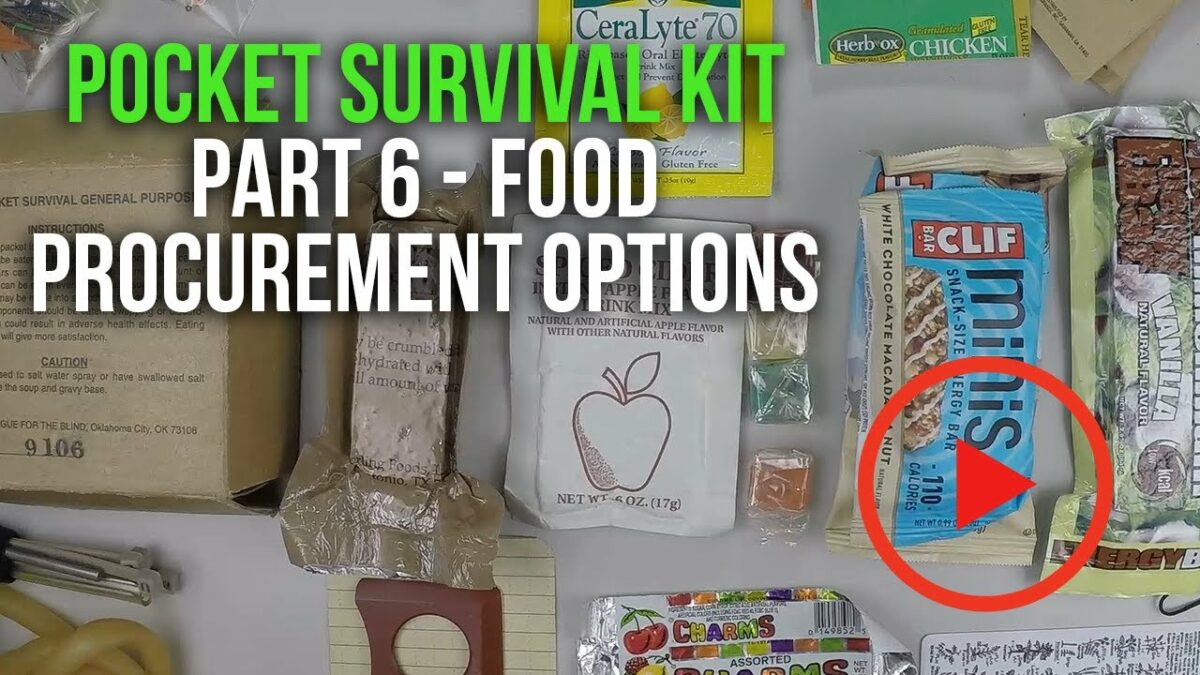

Cache Valley Prepper | February 12, 2015
|
Great article and topic Theresa! This topic doesn’t get nearly enough emphasis in the emergency preparedness community.
Storing calcium hypochlorite in granular form make in order to make bleach in emergencies is very cost effective. It is potentially a barter item as well, but I would mostly likely just help out my neighbors. As you stated, it is important to document the % of free chlorine in the calcium hypochlorite you store.
I built a “bleach making kit” that has measuring cups and spoons, instructions, coffee filters, labeled dropper bottles, pool shock, etc. Another helpful hint is to include a box of test strips to measure the chlorine level (in parts per million) in the solution you create.
I attended an emergency water treatment class last fall and had the opportunity to ask a hydrologist colleague of mine (who specializes in water quality in austere conditions) some questions about this method. One thing I think it is important to point out is that pool shock is not food grade calcium hypochlorite. I have searched high and low some a have not had any luck. So if anyone knows of a source for food grade calcium hypochlrite, I would be grateful to hear about it. That said, the US military has performed volumes of research on this method and I recall reading about it. I would just note that survival is inherently dangerous and many of the skills we learn to lives in emergencies are for emergency use. I would hate for a someone to drink loads of water treated with pool shock and end up with heavy metal poisoning, developing cancer or something along those lines.
Pingback:DIY Bleach That’s Safe To Try At Home | TheSurvivalPlaceBlog | February 13, 2015
|
Greg Takemoto | July 6, 2020
|
Using 99% pure Calcium Hypochlorite, 70% Chlorine is the formula four tablespoons to one gallon of water to make standard off the shelf strength bleach.
Lewis Mokrasch | December 23, 2015
|
The name is PERACETIC acid, not paraacetic acid. Good stuff!
John Pec | March 28, 2020
|
My pool test strips only go to 20ppm at the highest range. Can u explain?
Pingback:How To Make Chloroform For Survival | Survivopedia | May 30, 2016
|
Pingback:7 DIY Ways To Remove Odors From Your Pantry | Survivopedia | December 18, 2017
|
Grandma Carol | May 20, 2020
|
After Hurricane Harvey left 18 inches of water in my best friends house, the contractor tore out everything down to the studs. I told her instead of using bleach, to have them put a gallon of vinegar and a large bottle of hydrogen peroxide in a sprayer and use that on all the surfaces. Bleach doesn’t kill the mold down to the root so sometimes after the sheetrock is put up and painted, the mold grows underneath. Works on the concrete foundation too. I’ve used this on the outside of my house to kill the mold that grows by the gutter downspouts on the east side of the house that doesn’t get a lot of hot sun. Kills it after a couple of hours and comes off easily. I keep both vinegar and hydrogen peroxide in my cleaning closet so it is easy to mix up when needed. I also don’t worry as much about our animals that are in the yard.
Joseph Sakala, The Chemical Guru | July 9, 2020
|
The write up on peracetic acid is brilliant. Using two readily available house hold chemicals to make a very good disinfectant. Bravo, you made my day as a home chemist enthusiast.
KenH | August 6, 2020
|
Good information with one correction. Under “How to Use” . . . vinegar ranges from 5%-7% concentration (5000-7000ppm). . . ” should be 50,000 to 70,000ppm.